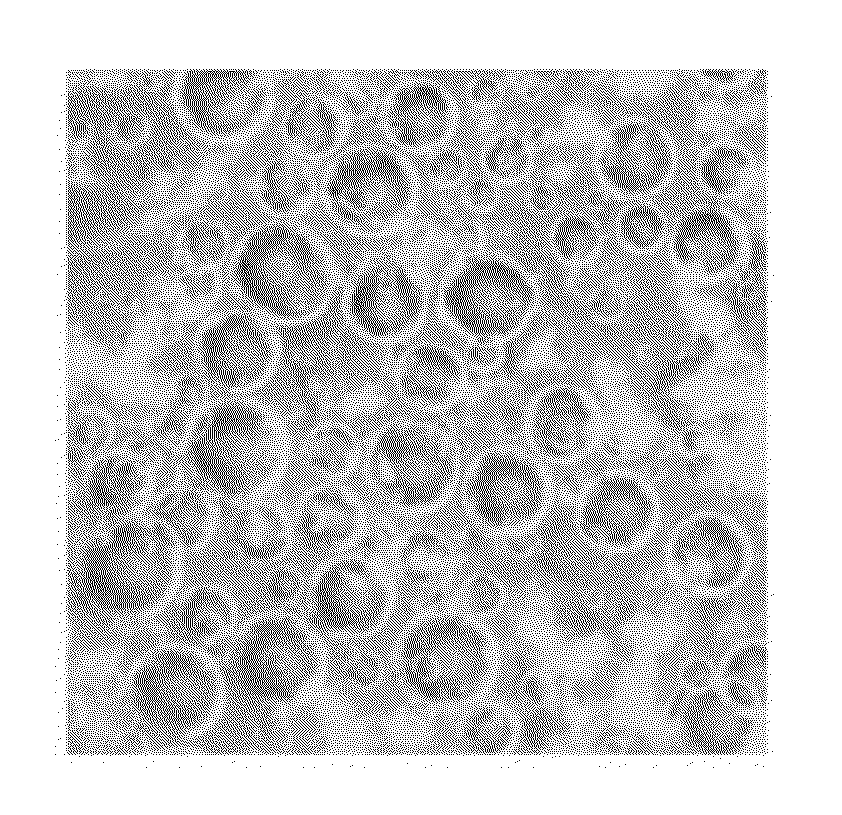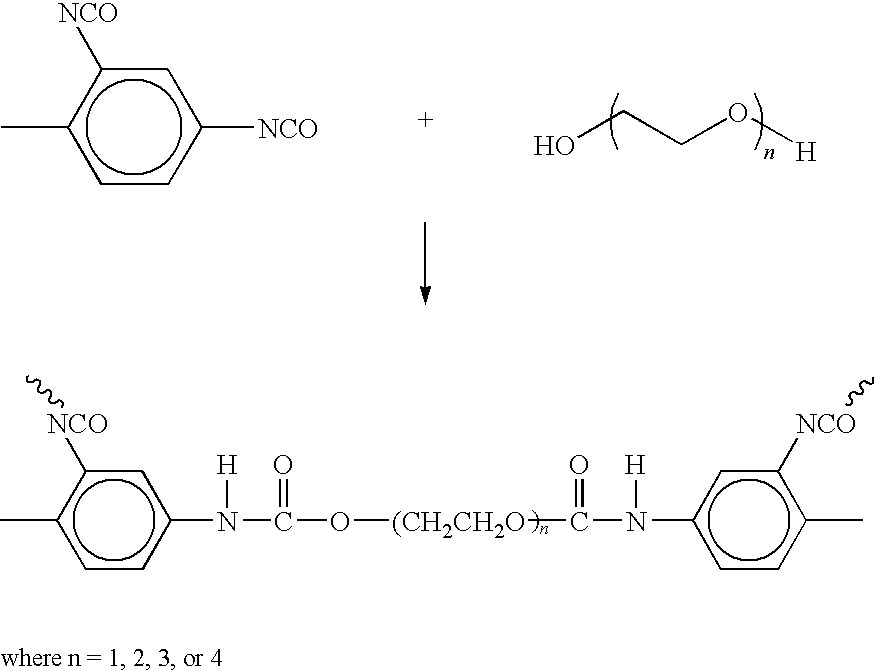Microencapsulated compositions and methods for tissue mineralization
a composition and microencapsulation technology, applied in the field of microencapsulated compositions and methods for tissue mineralization, can solve the problems of significant medical problems, inability to achieve the effect of reducing the amount of microencapsulated compositions, compromising bone health, hardness and strength, etc., and achieves the effect of increasing the content of tissue mineralization and tissue mineral density
- Summary
- Abstract
- Description
- Claims
- Application Information
AI Technical Summary
Benefits of technology
Problems solved by technology
Method used
Image
Examples
example 1
[0118]Synthesis Data
[0119]Three microcapsule compositions of the invention were prepared: the first containing aqueous solution of Ca(NO3)2; the second containing aqueous solution of K2HPO4; the third, an aqueous solution of NaF, by performing an interfacial polymerization in a stable inverse emulsion of aqueous salt solutions in a methyl benzoate continuous phase. 6 grams of polyglyceryl-3-polyricinoleate (P3P) was used as the emulsifying agent. The emulsifying agent and a 4 grams of polyurethane polymer were mixed together. The aqueous solution of salt (100 mL of one molar potassium phosphate dibasic) was added to 210 mL of continuous methyl benzoate oil phase under mixing. 0.2 g of ethylene glycol was subsequently added to the inverse emulsion to complete the interfacial polymerization of the polyurethane polymer at the interface of the dispersed aqueous salt solution droplet. The average size of the microcapsule was controlled by the rate of mixing. Using the method of the inven...
example 2
[0120]A composition of the invention for cavity varnish with remineralization capabilities was prepared as follows. A standard cavity varnish containing rosin, ethanol and thymol (97 wt %) having the following remineralization agents (3 wt %) were combined with 1.5 wt % of a microcapsule containing a 1 M aqueous solution of potassium phosphate dibasic salt and 1.5 wt % of a microcapsule containing a 1 M solution of calcium nitrate.
example 3
[0121]A composition for toothpaste with remineralization capabilities was prepared comprising a colloidal binding agent, humectants, preservatives, flavoring agents, abrasives, and detergents. 2 wt % of a microcapsule containing a 2 M aqueous solution of potassium phosphate dibasic and 2 wt % of a microcapsule containing a 1 M solution of calcium nitrate were incorporated. Additionally, microcapsules containing a 0.25 M solution of NaF were incorporated into the toothpaste as a therapeutic agent for fluoridation. Upon application to the oral cavity, the microcapsules will be burst in the mouth by the motion and pressure of a toothbrush against the teeth. The calcium ions will be released from the calcium nitrate solution to cause mineralization and whitening of the teeth.
PUM
| Property | Measurement | Unit |
|---|---|---|
| diameter | aaaaa | aaaaa |
| temperature | aaaaa | aaaaa |
| diameter | aaaaa | aaaaa |
Abstract
Description
Claims
Application Information
 Login to View More
Login to View More - R&D Engineer
- R&D Manager
- IP Professional
- Industry Leading Data Capabilities
- Powerful AI technology
- Patent DNA Extraction
Browse by: Latest US Patents, China's latest patents, Technical Efficacy Thesaurus, Application Domain, Technology Topic, Popular Technical Reports.
© 2024 PatSnap. All rights reserved.Legal|Privacy policy|Modern Slavery Act Transparency Statement|Sitemap|About US| Contact US: help@patsnap.com









